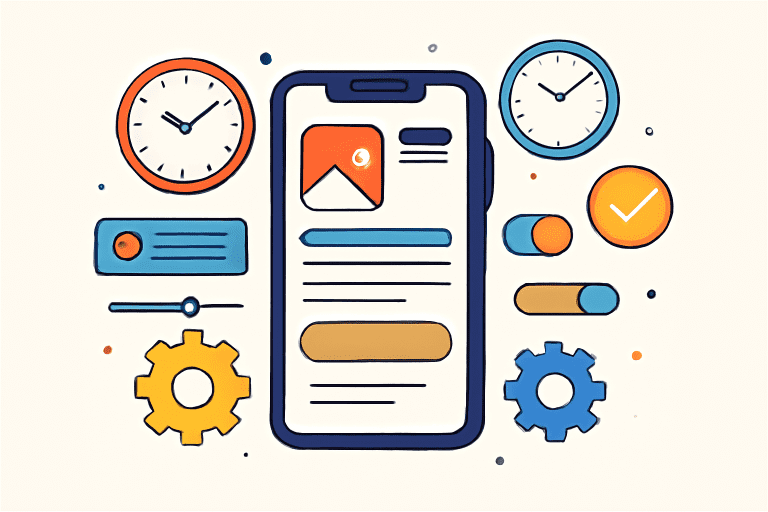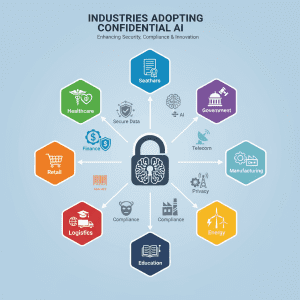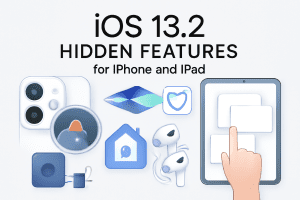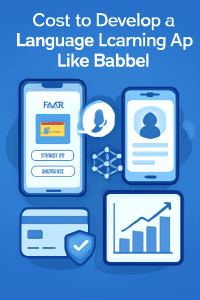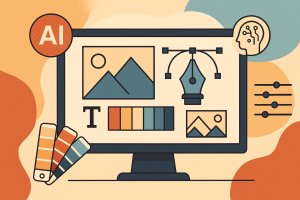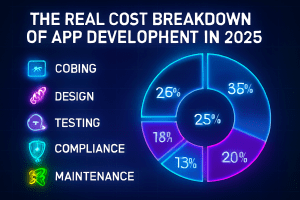Introduction
Developing a mobile app can take anywhere from 2 months for a simple app to over a year for highly complex solutions, with most projects landing in the 4–9 month range depending on complexity, features, team experience, and client requirements. Below, a comprehensive 4000-word blog is outlined, providing a detailed look at the full journey—from conception to launch—of building a mobile app, including timelines, development phases, influencing factors, and tips for streamlining the process.
How Long Does It Take to Develop a Mobile App?
Building a successful mobile app is a multi-stage journey influenced by a range of variables. Estimates suggest a simple app may be developed in as little as 2–4 months, while more complex applications can take 9 months or longer. To understand these timelines, it’s vital to dive into each phase of the process, analyze what impacts duration at each stage, and consider the best practices for making the most of every development week.
Understanding Mobile App Development Timelines
Typical Timeframes
-
Simple apps (e.g., calculators, notepads): 2–4 months.
-
Average complexity apps (e.g., fitness trackers, booking apps): 4–7 months.
-
Complex apps (e.g., social networks, real-time systems): 7–12+ months.
These estimates reflect time from ideation through launch, including all core phases.
Stages of Mobile App Development
Every mobile app project passes through key phases, each of which shapes the overall timeline:
1. Product Discovery & Ideation
This phase involves defining the app’s vision, conducting market research, identifying user personas, and setting clear business goals. Activities include:
-
Brainstorming sessions.
-
Market analysis.
-
Feature prioritization.
-
Creating user stories or a product canvas.
Time estimate: 2–4 weeks for most projects.
2. Planning & Technical Feasibility
Project scope is finalized along with timelines, budget, resource allocation, technical requirements (platform choice: iOS, Android, or cross-platform), and data flow diagrams.
Time estimate: 2–4 weeks.
3. UX/UI Design
Designers map out wireframes, user journeys, visual prototypes, and interactive mockups. Decisions made here greatly impact user adoption and app usability.
Time estimate: 4–8 weeks, depending on screens/features.
4. Development
This core phase covers building the app’s front-end, back-end, integrations, and server-side logic. Larger, feature-rich projects take longer and often proceed in multiple sprints:
-
Simple MVPs may use pre-built templates,
-
Complex apps require custom development, API integrations, and sometimes machine learning or AR.
Time estimate:
-
Simple: 1–2 months
-
Medium: 2–4 months
-
Complex: 5–9+ months.
5. Testing & Quality Assurance
Every module is rigorously tested—unit, integration, usability, device compatibility, security, and performance. Expect multiple iterations of bug fixing and refinements.
Time estimate: 3–6 weeks, though testing often overlaps with development.
6. Deployment & App Store Launch
After QA, apps are prepared for launch. This involves final documentation, creating store listings, compiling the app for target platforms, and submitting for review (with iOS often taking longer due to approval times).
Time estimate: 1–2 weeks.
7. Post-Launch Maintenance
Launching the app is just the beginning. Maintenance includes monitoring, analytics, user feedback collection, and releasing patches or new features.
Time estimate: Ongoing, but rapid updates often occur in the first 1–2 months post-launch.
Key Factors Affecting Development Time
App Complexity
-
Feature count: More screens, user flows, or integrations extend timelines
-
Back-end requirements: Real-time updates, cloud synchronization, or advanced user management require more work.
Platform Choice
Developing for iOS vs. Android, or building cross-platform, can affect both the timeline and the resources required.
Third-Party Integrations
Use of APIs (for payments, social logins, analytics) may speed up some functionality, but custom integrations often add time.
Team Expertise & Size
A larger, more experienced team can build faster, especially in parallel sprints and with robust project management systems.
UI/UX Demands
Highly interactive or animated user interfaces require more design and development time—simple designs accelerate progress.
Testing Requirements
Apps built for many device types and OS versions, with extensive compliance or security needs, require longer QA phases.
Regulatory & Compliance Needs
Apps in finance, healthcare, or those targeting specific geographies (GDPR, HIPAA, etc.) may require extra development for compliance.
Detailed Timeline Examples
| App Type | Discovery | Design | Development | Testing | Deployment | Typical Total [months] |
|---|---|---|---|---|---|---|
| Simple | 2 weeks | 2 weeks | 4 weeks | 3 weeks | 1 weeks | 2–4 |
| Medium | 3–4 weeks | 4 weeks | 8–16 weeks | 4 weeks | 1–2 weeks | 4–7 |
| Complex | 4–6 weeks | 6–8 weeks | 20–36 weeks | 6–10 weeks | 2 weeks | 7–12+ |
Tips for Speeding Up Mobile App Development
-
Develop an MVP first: Start small, then iteratively add features.
-
Utilize cross-platform frameworks: Flutter, React Native, or Xamarin reduce duplicated work.
-
Automate testing: Use CI/CD pipelines and automated test suites to accelerate QA.
-
Adopt agile project management: Regular sprints, daily standups, and clear backlog prioritization keep teams focused.
-
Leverage open-source libraries and APIs: Don’t reinvent the wheel for standard features.
Top Mistakes That Prolong Development
-
Undefined requirements: Vague or shifting objectives waste development weeks.
-
Poor communication: Gaps between the client, designers, and developers increase iteration cycles.
-
Skipping QA early on: Postponing bug hunts can lead to major setbacks.
-
Overly ambitious scope: Attempting everything at once stalls the project; start with a core set of features.
The Developer’s Perspective
Many developers report that the actual “coding” phase is rarely the bottleneck. Instead, most delays come from scope changes, unclear requirements, or slow approval cycles during design and testing. Real-world experience shows that even small projects can face setbacks if communication is poor or stakeholders change “must-have” features during sprints.
Case Studies
Simple App: To-Do List
-
Features: Add, delete, edit tasks, mark as completed.
-
Platform: Android and iOS (with Flutter).
-
Estimated timeline: 2–3 months from idea to launch, including a week of post-launch bug fixes.
Medium Complexity: Fitness Tracker
-
Features: Use device sensors, integrate with wearables/APIs, push notifications, social login.
-
Platform: Both major OS (React Native for speed).
-
Estimated timeline: 5–6 months including QA and store approvals.
Complex App: Social Networking Platform
-
Features: Real-time chat, media uploads, advanced search, robust moderation, scalable server infrastructure.
-
Platform: iOS, Android, web.
-
Estimated timeline: 9–12+ months; may be released in iterative phases or with a core MVP first.
Client Checklist for a Smoother Process
To help keep a project on track:
-
Define business goals and key features upfront.
-
Prioritize features into must-have, nice-to-have, and later releases.
-
Approve wireframes and designs quickly and decisively.
-
Assign a project owner for fast feedback to dev queries.
-
Plan for ongoing maintenance and version updates.
Frequently Asked Questions
Does platform choice affect duration?
Yes—Android often takes a bit longer due to device fragmentation, while iOS approval can be slower due to App Store checks.
Can a solo developer build a complex app quickly?
Unlikely. Complex apps need a team for design, back-end, QA, and DevOps. Solo devs succeed faster with smaller or highly focused projects.
Can off-the-shelf templates save time?
Yes, for simple apps or MVPs using app builders or low-code solutions, but they are limited in customization and scalability.
Do changes after the project begins slow things down?
Absolutely—frequent scope changes are a top cause of overruns. Agile methods help, but every change may mean rework for design, code, and tests.
Conclusion
Mobile app development is a journey that blends creativity, technical skill, and project management. The process can take as little as two months for a very simple app, but most professional apps require 4–9 months from ideation to launch, with highly complex platforms potentially stretching beyond a year. Planning carefully, embracing agile practices, and maintaining open communication are key to hitting timelines and delivering a successful product.
